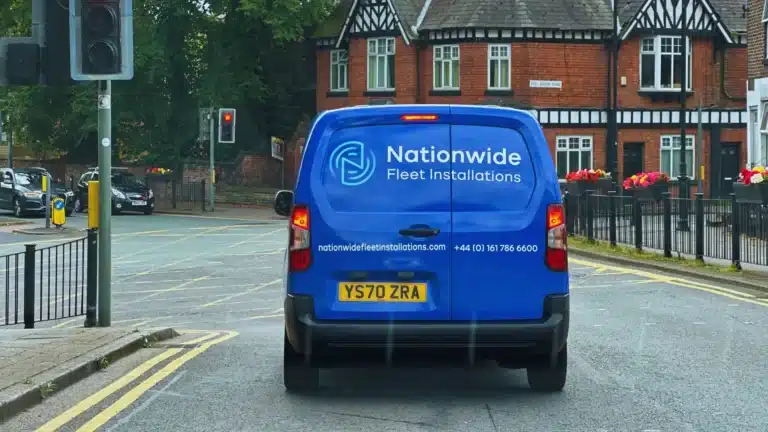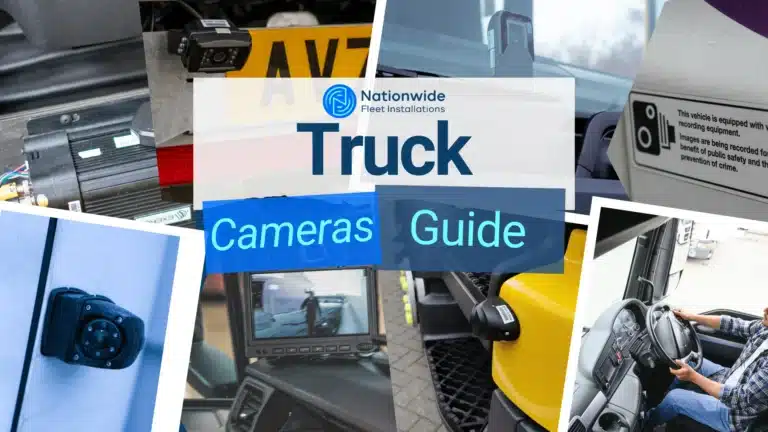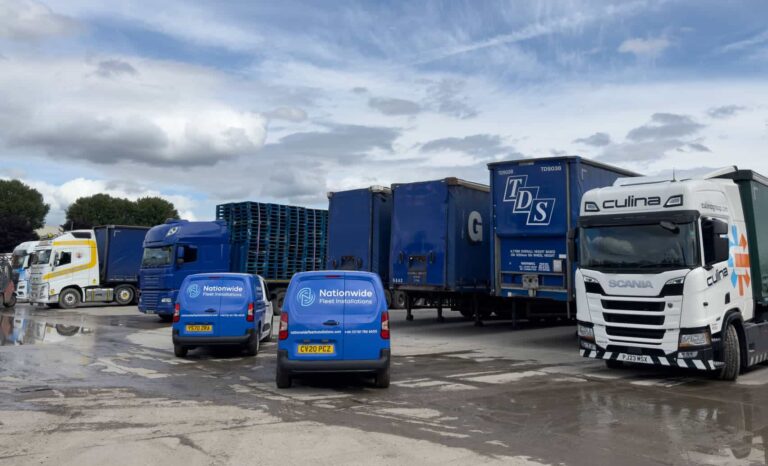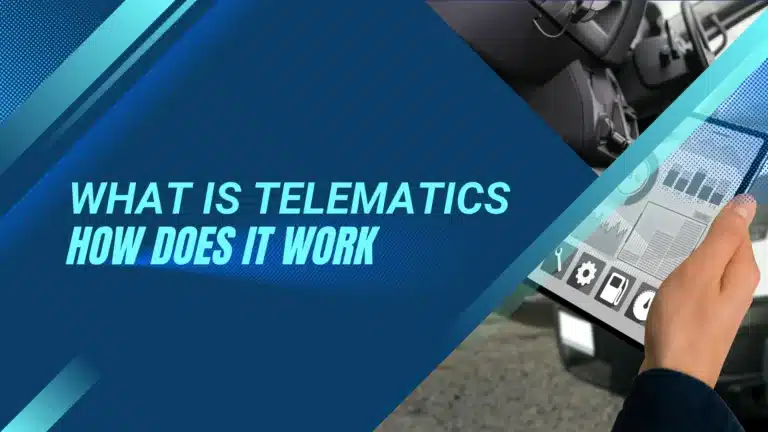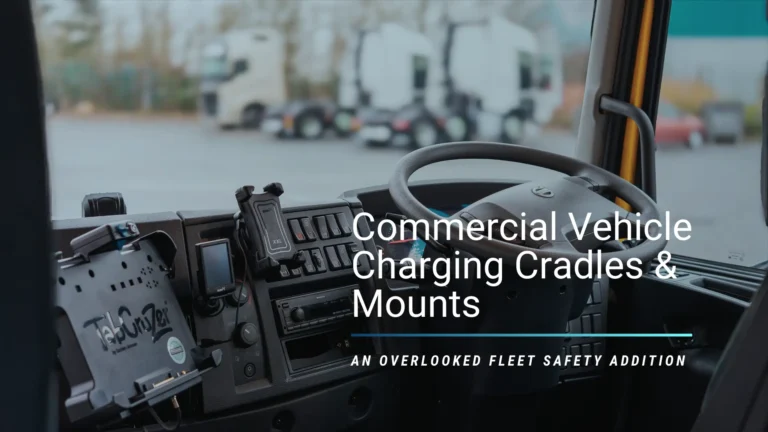What to Ask When Choosing a Fleet Tracking Solution For Your Business
If you’re a business running a growing or established fleet, managing your vehicles can quickly become complicated. The obvious answer is to invest in fleet tracking, but with so many available solutions, features, bits of jargon, and installation options around, choosing the right one can feel overwhelming.
At Nationwide Fleet Installations, we understand how confusing it can be, and this guide is here to help.
Things to Consider
That’s why we’ve put together a series of blog posts to share what we’ve learned over 30 years of installing tracking and telematics systems across fleets of all sizes. Whether you’re choosing a fleet tracking solution for the first time or looking to switch providers, here’s what you should ask before committing to a vehcle tracking system for your fleet.
1. Start with Your Business Needs
When shopping around for a fleet tracking solution, it’s easy to get bogged down in features, as these are often front and centre when you’re browsing and speaking to different sales reps. Providers tend to differentiate themselves based on these feature sets, capability and technology, but the most important question for your fleet is: will this solution work for your business?
When approaching a fleet tracking provider, explain:
- Your fleet mix (e.g. vans, trucks, cars)
- How your business operates day-to-day
- The type of journeys your drivers take
- Whether private mileage is common
- Your plans for electrifying your fleet
- Any other questions relevant to your fleet/business
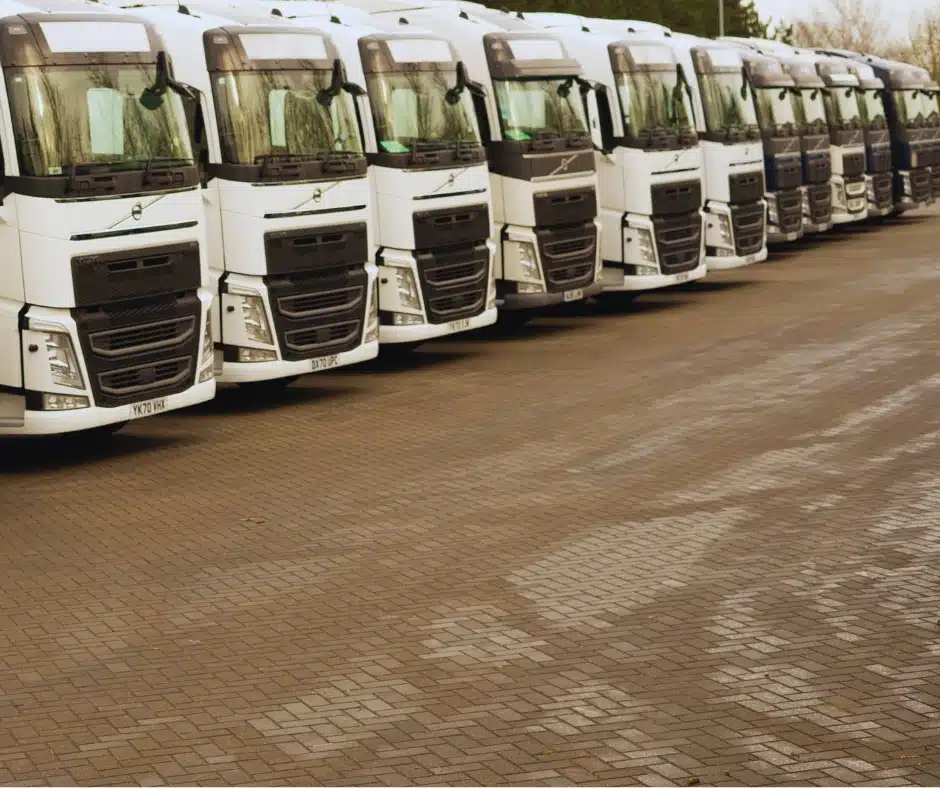
You can also take the opportunity to share how your business operates and what your operational requirements are. Here are some example business cases for commercial vehicle tracking:
- Suppose your business is customer-facing or involves field service teams. Do you need real-time tracking that can support both operations and customer communications, including estimated arrival times, driver location sharing, and delivery confirmation?
- Do you have high value assets that are going missing?
- Would you like to track more than just your vans? Maybe you have trailers, trucks and company cars
- Would you happen to need reports that are customised to your business?
- Do you have issues proving that jobs have been completed or determining the average time on site?
A good provider will listen to your needs and tailor a solution that delivers genuine value, not just a list of flashy features.
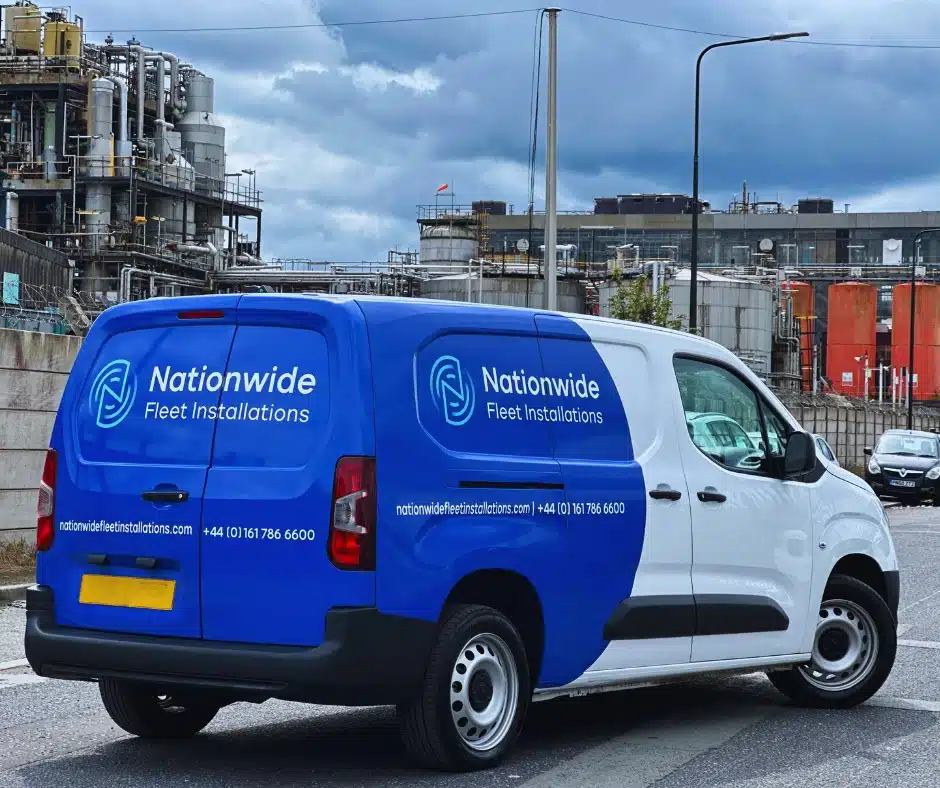
With fleet electrification becoming a reality, you might already be planning to move from internal combustion engine (ICE) vehicles to electric ones. Your fleet tracking solution should support that transition, helping you identify ideal replacement candidates and predict charging schedules based on real-world usage.
For example, if you have a mixed fleet, you’ll want to track your vans, trucks, and individual vehicles, so it will be ideal to have a GPS vehicle tracking system that considers all your vehicles and has features catered towards how those vehicles are used.
If your drivers do a lot of private mileage, you’ll need to distinguish between company and private mileage and be able to log this data.
The best fleet tracking provider will focus on building a solution tailored to your needs, maximising the value of your investment rather than just offering the lowest price or a standard solution.
2. Ask to See the User Interface
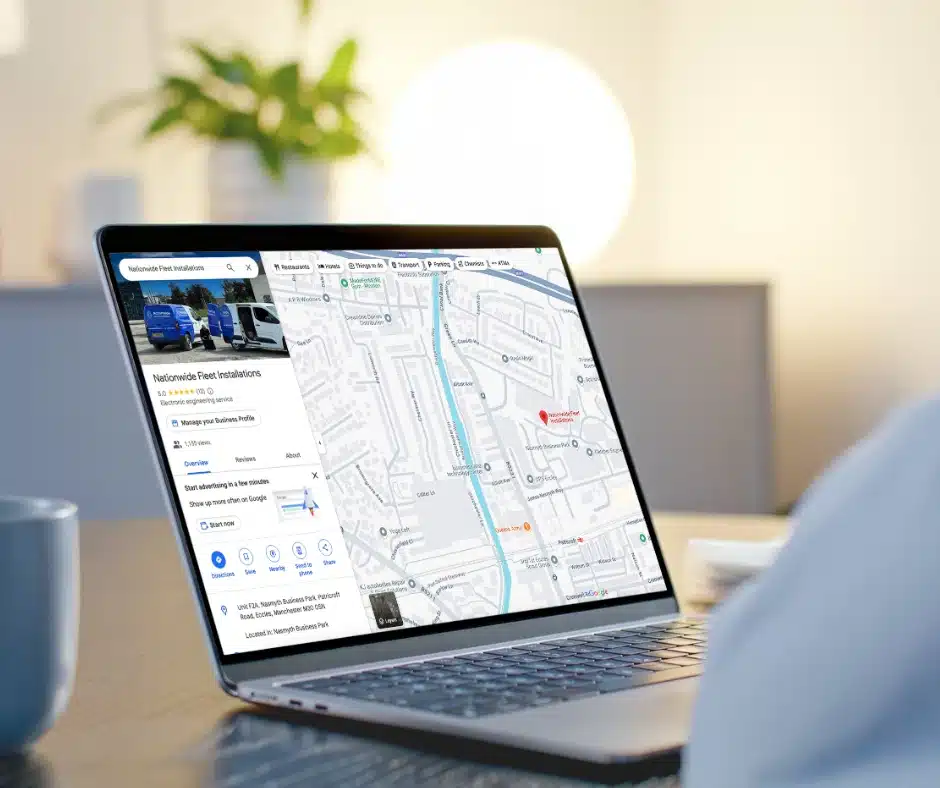
Vehicle tracking for business is more than just the GPS tracking device installed in the vehicle. To make full use of the data these devices provide, they will usually come with access to vehicle tracking/fleet management software or an app. Much of the value comes from how you access, interact, understand, and act on the data.
Therefore, it’s crucial to see the interface & ask to see the platform or app:
- Is it user-friendly?
- Will your team find it easy to navigate?
- Can you request a demo or trial with a small number of vehicles?
If the interface is clunky, hard to interpret, or difficult to roll out across your team, it can limit the effectiveness of the system, no matter how good the hardware is.
3. Understand the Data
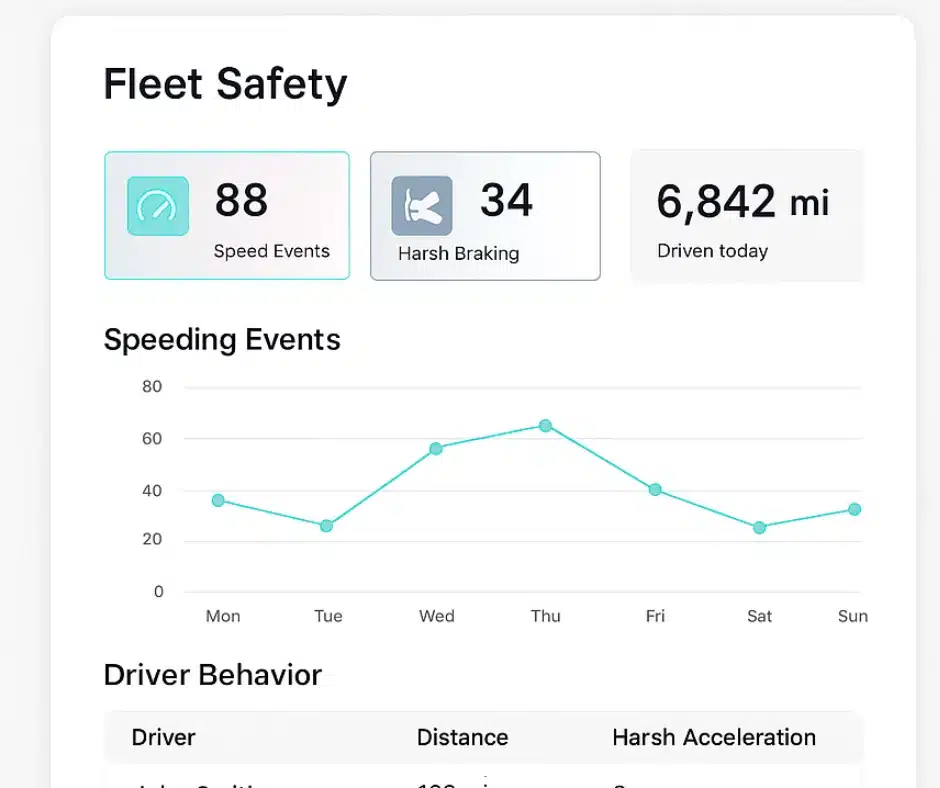
Another vital consideration is the data the solution provides. Ensure you know what data you’ll receive, the format it will be in, and whether you’ll need to do any manual work to interpret it.
Ask:
- What data is provided?
- Is it raw or already analysed?
- Will you need to process it manually?
- Are driver behaviour scores or league tables available?
The best systems don’t just give you data, they give you insights. Smart algorithms, alerts, and summaries help you manage exceptions rather than spend hours in spreadsheets. Most modern fleet tracking solutions utilise automated services and algorithms to analyse data and provide alerts, making fleet management easier. Too much data can be overwhelming, but if the software breaks it down into manageable chunks or analyses it for you, it becomes far more useful.
4. Clarify the Installation Process
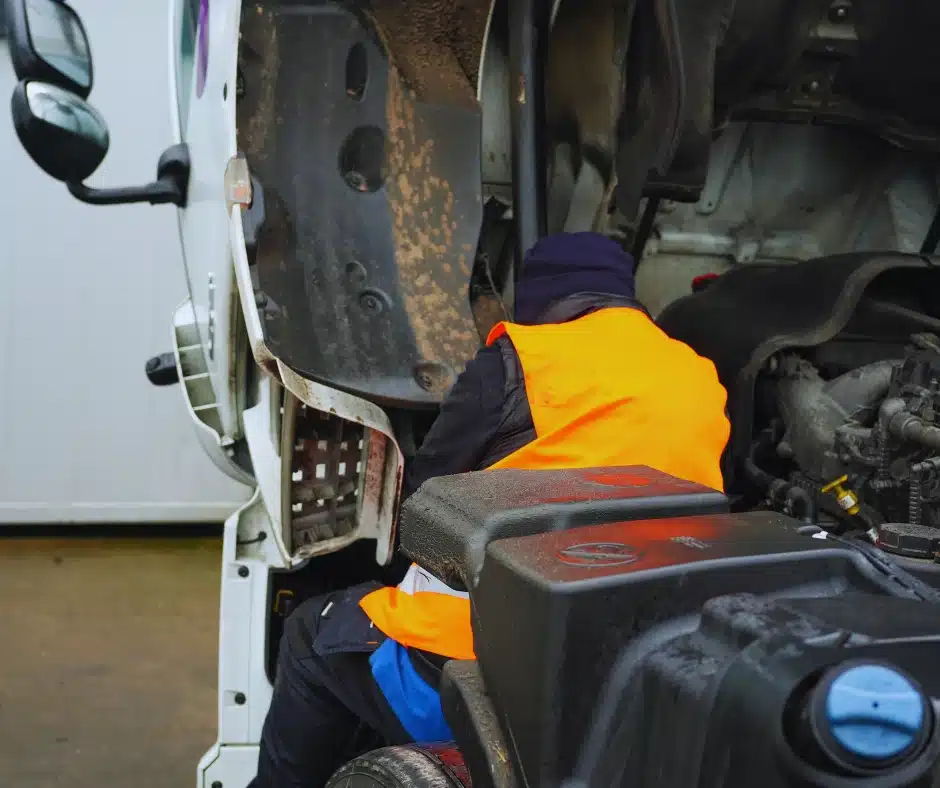
As installers, we know that installation is a critical part of investing in a fleet tracking solution. You need to ask your provider about the setup process. Do they just sell you the devices, leaving installation to you, or do they include installation as part of the service?
Ask your provider:
- Can they provide a highly skilled and trained engineering resource to install the system for you
- Do they use in-house engineers or partner with trusted mobile installers?
- What happens on the installation day?
- Who manages the stock?
It’s critical to clarify this so you’re not left with the responsibility of installation and hardware management, which most businesses are not equipped to handle in-house.
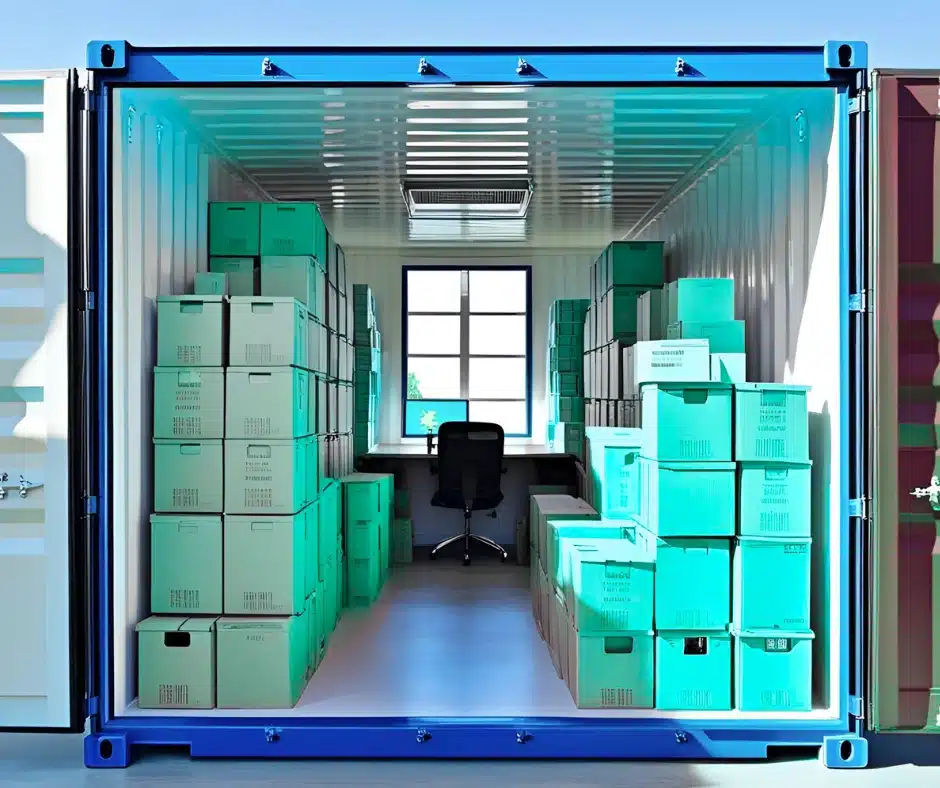
We’ve seen situations where businesses are left with deliveries and boxes of kit scattered across depots, some lost, some damaged, with site managers unsure what they’re for, what to do with them, or who’s meant to fit them. This usually happens when the person who made the purchase doesn’t update the rest of the team. The confusion often leads to delays, miscommunication, and logistics problems that slow down the entire rollout.
A mobile installer can help by coordinating stock, prepping devices, and getting everything installed on-site, quickly and with less hassle.
5. Consider Installation Complexity
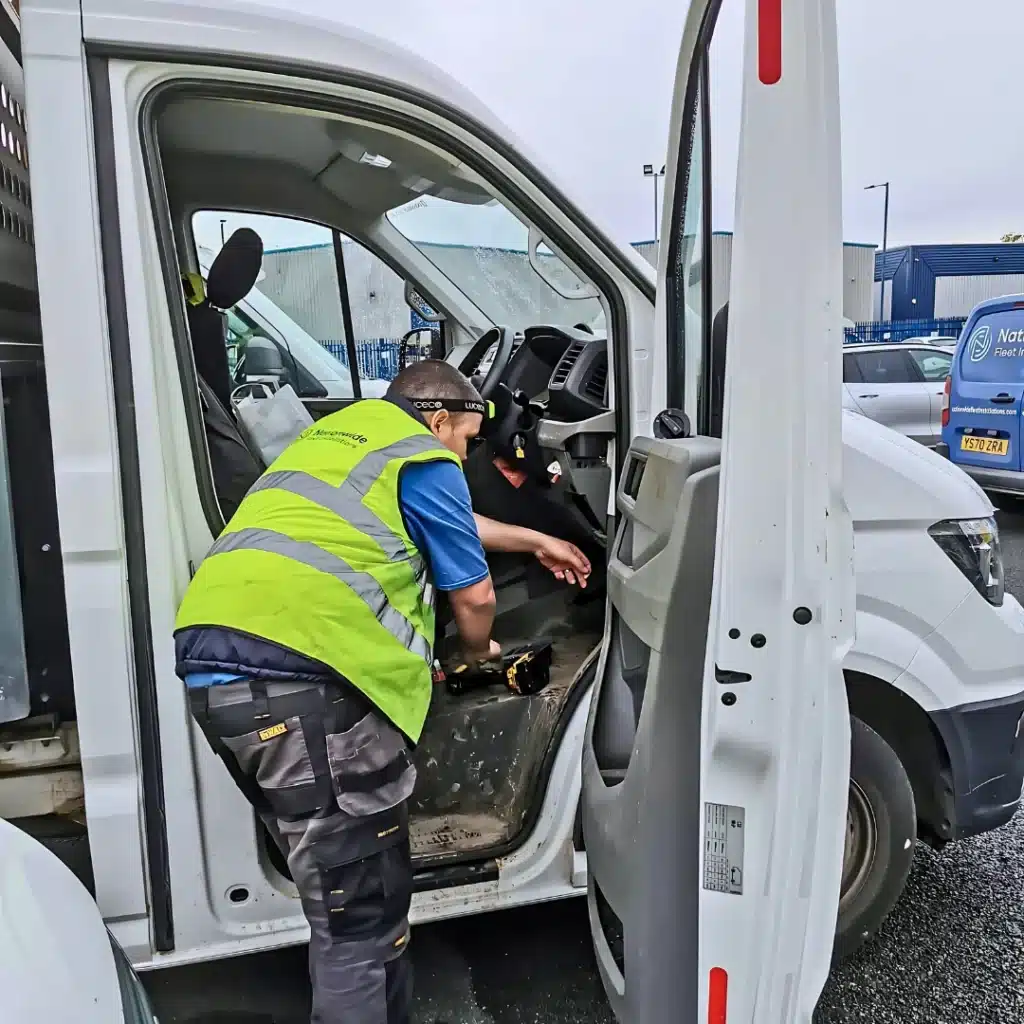
Not all installations are the same. Some are simple plug-and-play, while others are covert, hardwired, or integrated with existing systems (like fleet dash cams, immobilisers, or vehicle diagnostics). If your tracking system needs to be discreet or tamper-proof, or if it requires integration with your existing telematics, professional installation is essential.
Mobile installers can also offer pilot installs, so you can test a few vehicles first before rolling out across your entire fleet. This helps to spot any setup or integration issues early.
6. Ask About Ongoing Vehicle Changes
You know your vehicle’s lifecycle best. The fleet is dynamic – constantly evolving, vehicles are bought, sold, damaged, decommissioned, or rotated. This lifecycle affects your fleet tracking solution. Therefore, it’s important to have a process map for any eventuality.
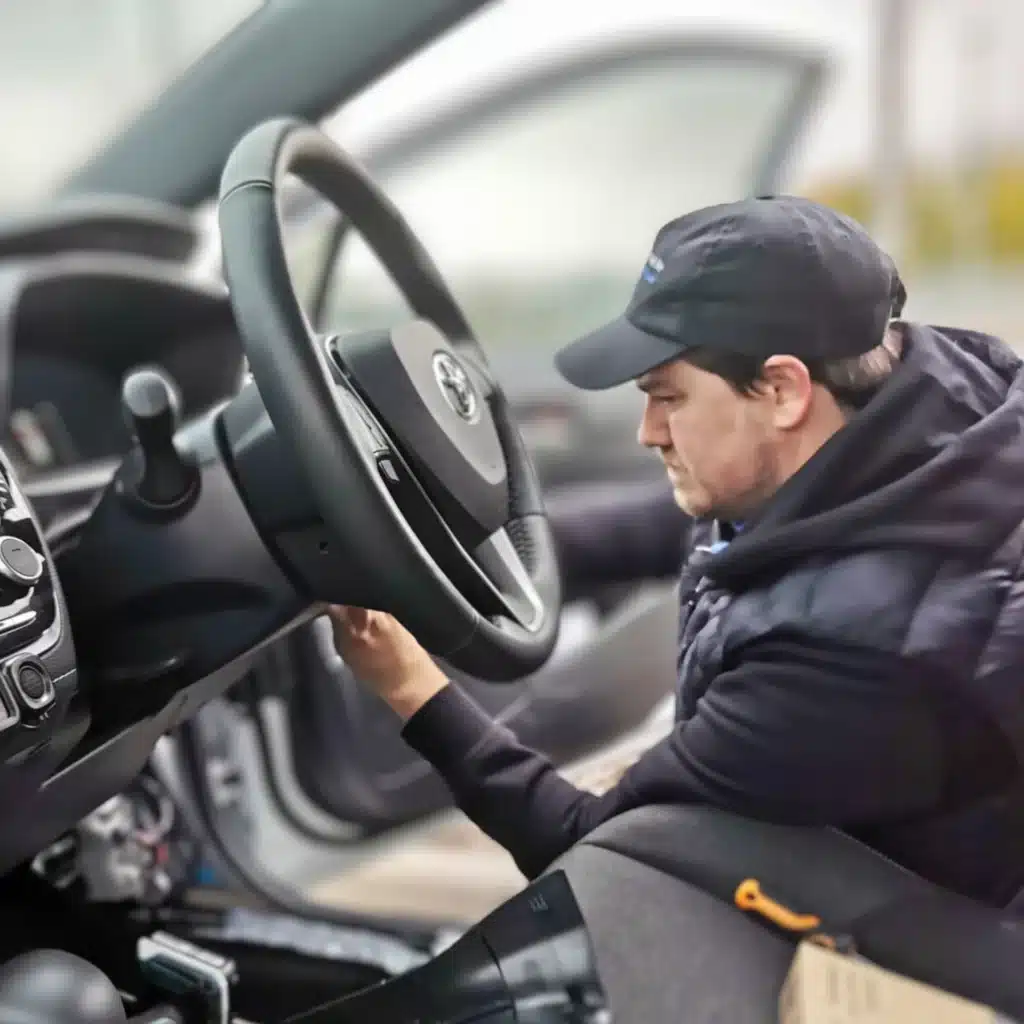
Ask:
- Is there support available, or are you expected to manage this yourself?
- What happens when a new vehicle joins the fleet?
- What happens when a vehicle leaves the fleet?
- Can tracking units be removed and reinstalled?
- Who manages the logistics of the hardware?
- Who arranges and books the tracker installs?
- Who handles hardware swaps if a unit is faulty?
Understanding this upfront will help you avoid unexpected future costs or downtime. Installers can offer fleet management solutions to help account for these life events.
7. Review Subscriptions and Contracts

Most fleet tracking systems are subscription-based and involve a contract. It’s important to review the contract length, terms and conditions, renewal process, and rates-especially for growing fleets.
Check:
- Contract length and renewal terms
- What happens as your fleet grows
- Whether pricing changes for volume
- How to add (or remove) trackers/vehicles
- If the solution is scalable and integrates with other tools (e.g. driver behaviour, fuel management, routing, maintenance)
This ensures the solution is scalable and adaptable as your business evolves.
8. Don’t Forget Driver Buy-In
Tracking can sometimes be misunderstood. Resistance from drivers often comes from a lack of communication.
Ask providers:
- What support do they offer for communicating the solution to staff?
- Do they have training materials or policy templates?
- Can they help you address concerns up front?
- How does the solution account for privacy & GDPR
Obtaining driver buy-in is crucial for the smooth implementation of fleet tracking and achieving long-term return on investment with good adoption rates.
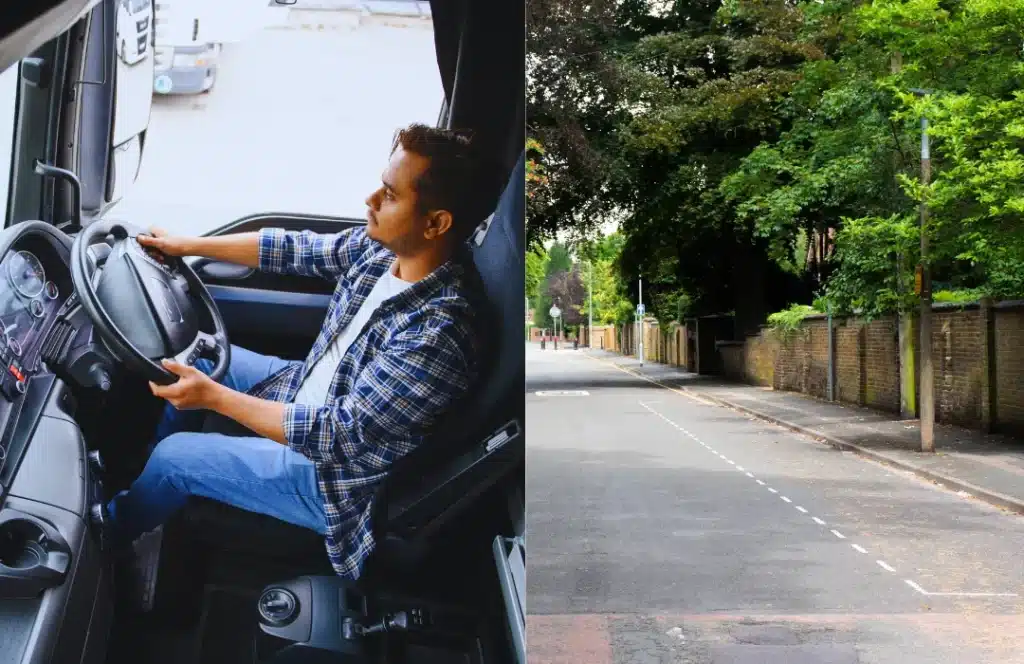
In Conclusion
Every fleet is different, and so is every tracking solution. Don’t be afraid to ask questions, request demos, and take your time to find the right fit for your business
If you’re exploring fleet tracking or want to understand better how it could work for your vehicles and operations, we’re here to help. We’ve installed over two million telematics devices and work with providers and fleets. We understand what makes a system successful not just technically, but practically too.
Book a consultation to discuss your options or speak to our team about integrating fleet tracking into your vehicles

